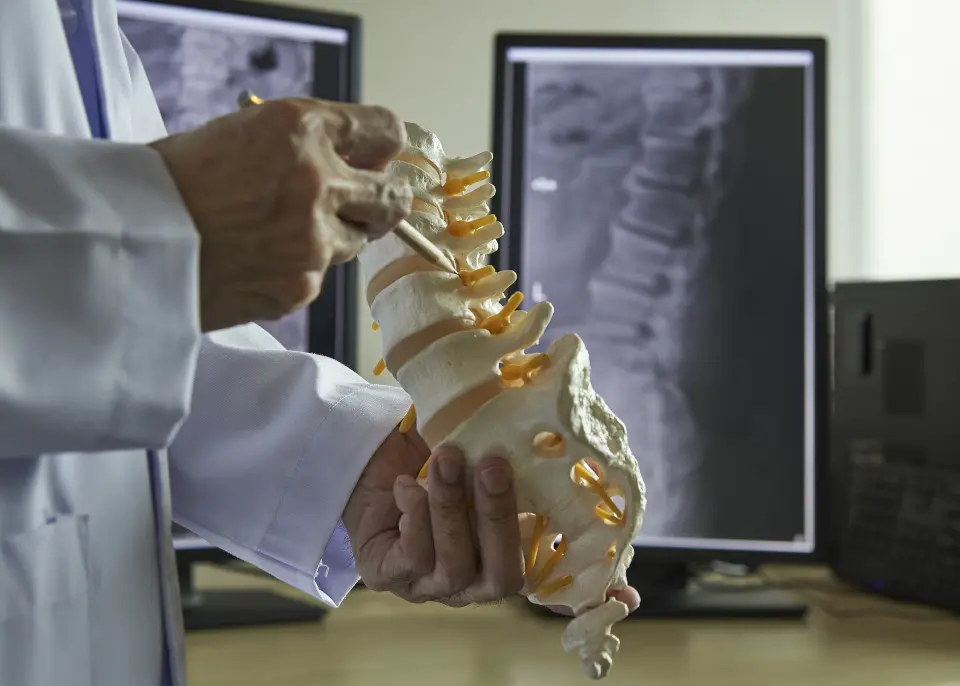A Kyphoplasty procedure is an outpatient surgical procedure that treats small breaks and fractures in the vertebrae that make up the spine. Without treatment or surgical procedures, these fractures can curve and shorten the spine.
With Dr. Bedi and his advanced team, they can complete this complex procedure that is designed to stop the pain caused by a spinal fracture, without the need for a hospital setting. Besides stopping the pain, Dr. Bedi will stabilize the bone and restore some of the lost vertebral body height due to compression and spinal fractures. This minimally invasive surgery is performed through a small skin puncture rather than an incision and typically can be performed within 1-2 hours.
During the kyphoplasty procedure, the back is cleaned and prepped for where Dr. Bedi will place the needle to puncture the skin. Local anesthesia and mild sedation are applied, although the patient will remain awake during the procedure. Once the small incision is made in the back, the tube is placed cloth the path through the vertebra, and into the fractured area.
A specialized balloon will then be inserted through the tube and into the fractured vertebra to be inflated. The inflated balloon creates a soft inner bone support for the fractured vertebral, allowing it to return to normal height. Once the balloon is removed, the cavity of the damaged vertebra will be filled with cement-like material that will quickly harden and mimic the natural bone structure.
After a Kyphoplasty procedure, Dr. Bedi will monitor the patient in the recovery area for a couple of hours. If there are no complications during this period, then the patient is typically allowed to go home with the assistance of someone. Patients are not recommended to drive home themselves. Although relief for most patients may be immediate, others may feel a gradual reduction in pain over time.
This type of outpatient procedure allows patients to return to their normal routines almost immediately, but they are limited to non-strenuous activities for 4-6 weeks. Dr. Bedi will follow up with the patient through a virtual or in-person setting a few weeks after the procedure is done, to see how the patient is recovering.

.webp)

.webp)


.webp)